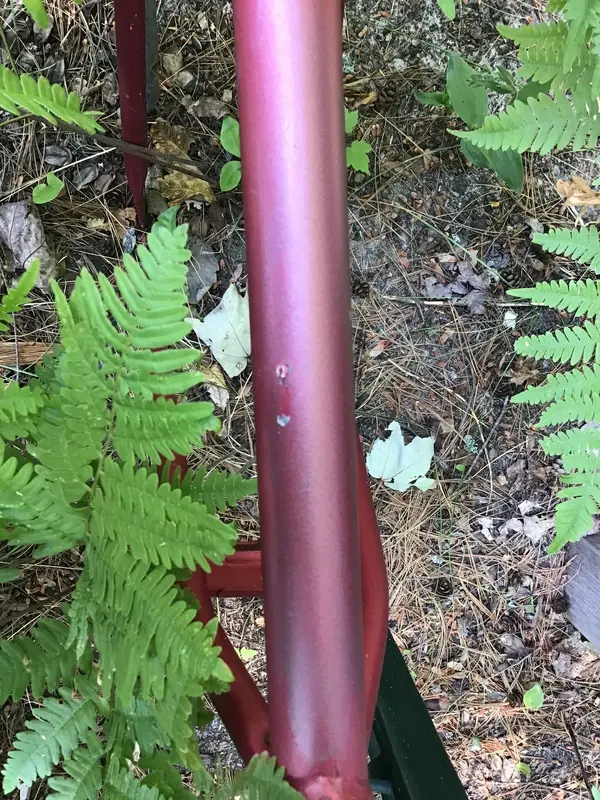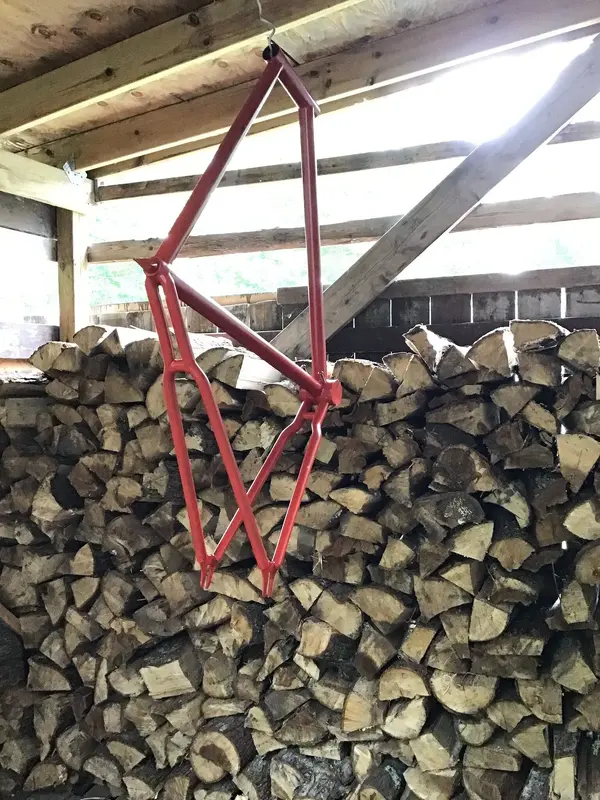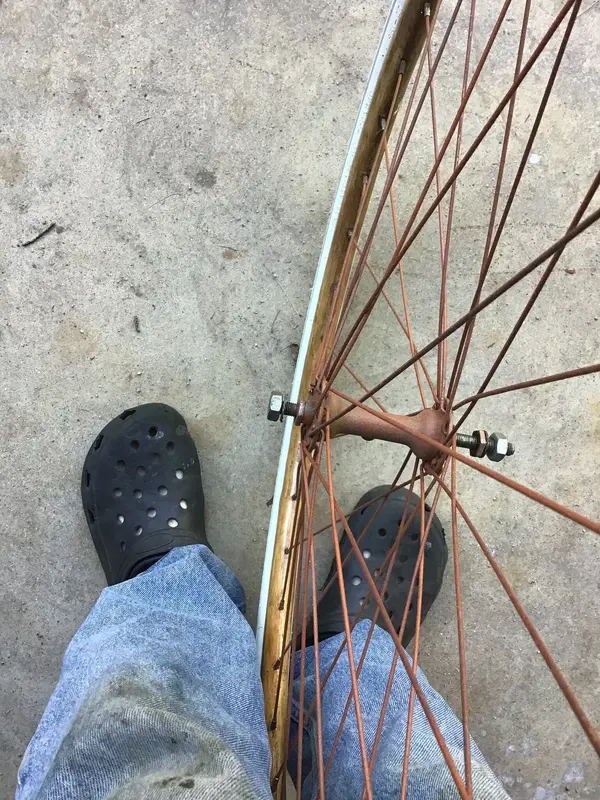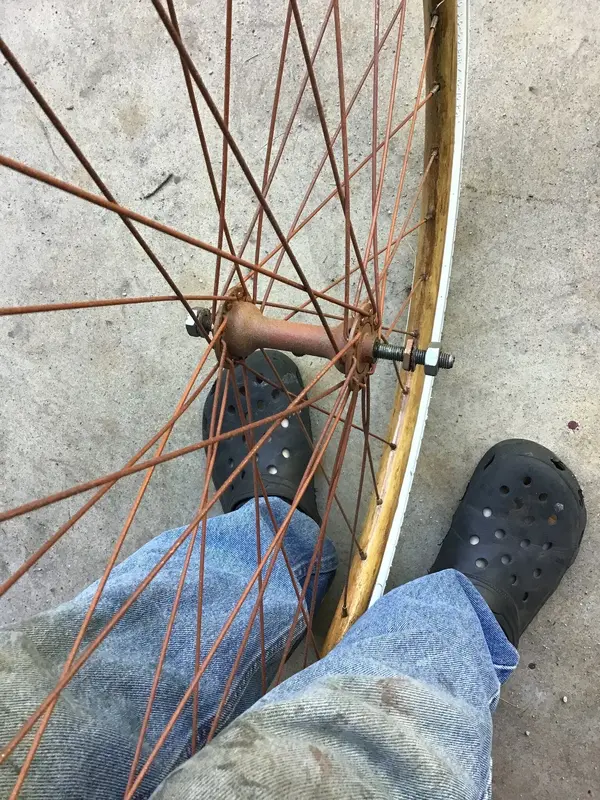Nabeaquam
BoTM Winner
I put on gloss black, satin dark red and finally satin crimson. After a few days I’ll give it a sanding with 1500 wet/dry and shoot a final satin crimson layer.

A final layer of Dry Slide will give me the dirty aged look I’m after. My hack bike frame stash contains a dark red frame and I tried DrySlide on it. This should do it.
Before Dry Slide.
After dry slide.
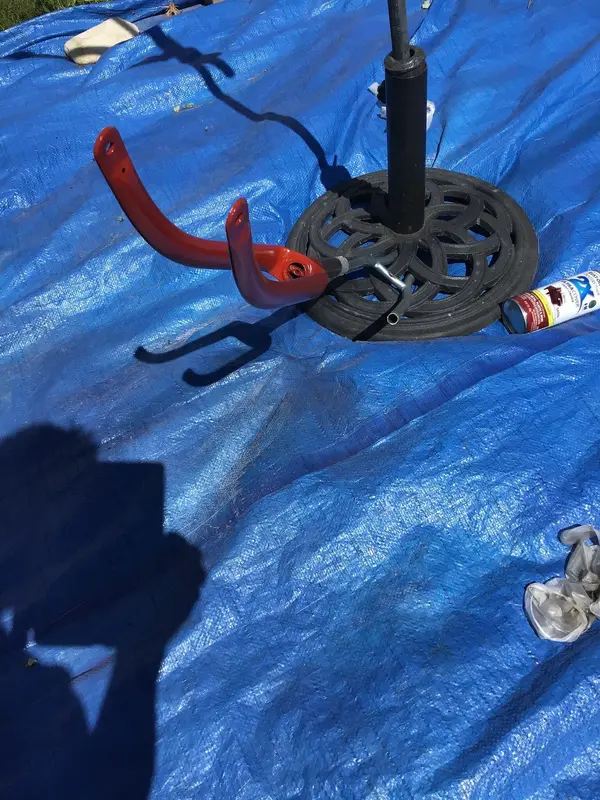
A final layer of Dry Slide will give me the dirty aged look I’m after. My hack bike frame stash contains a dark red frame and I tried DrySlide on it. This should do it.
Before Dry Slide.
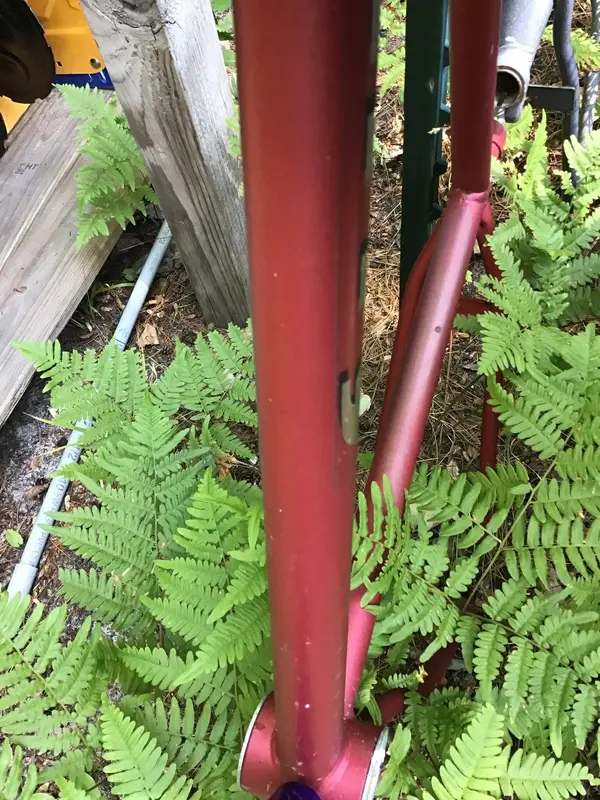
After dry slide.
